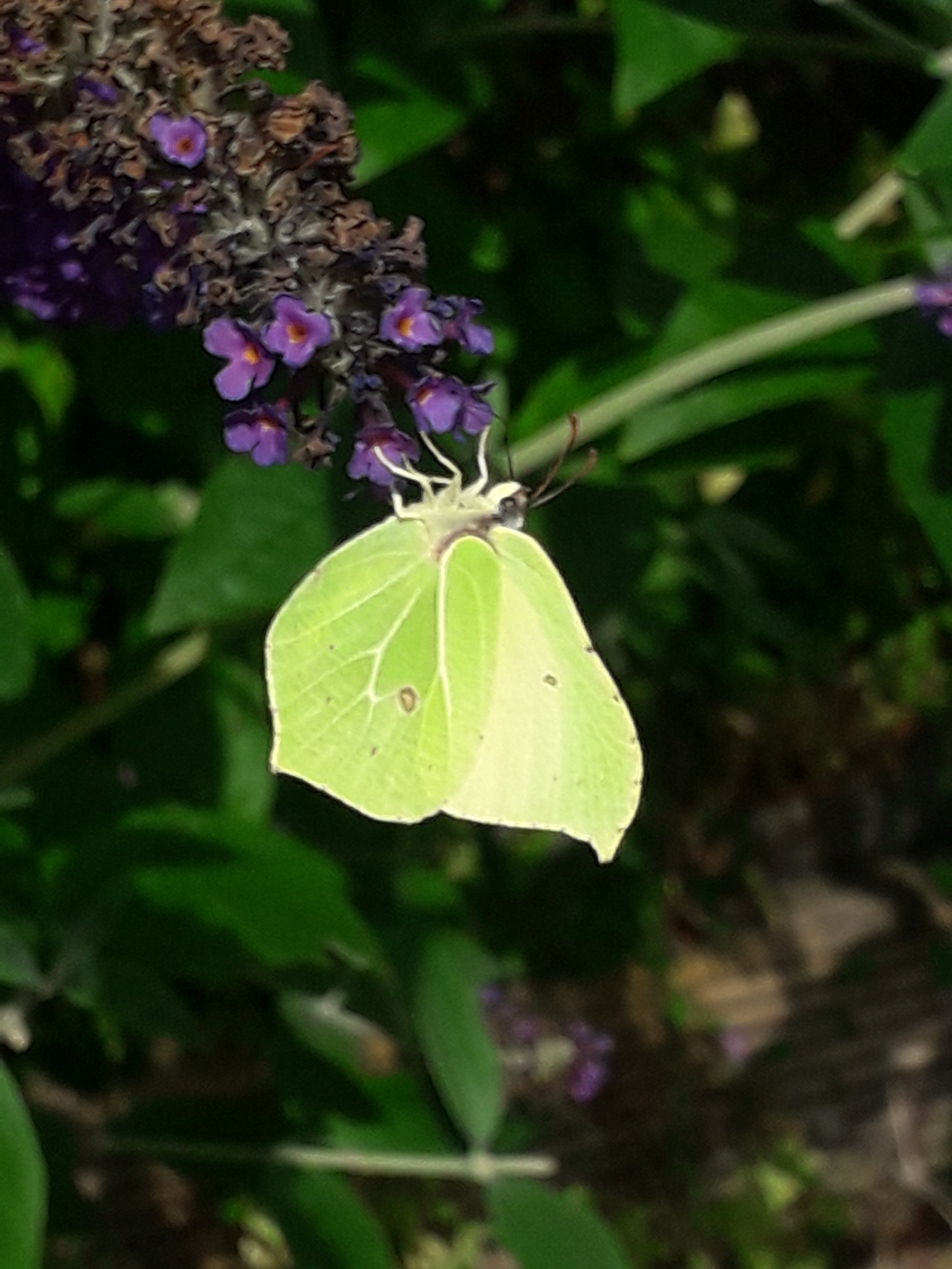
How Wild is your school?
Easily Survey and Record with iNaturalist
Link Survey Results with
Science, Maths, IT and Geography Curriculum
iNaturalist is a powerful and fantastic free app and web based service that helps identify a photo of something wild such as a plant, insect or bird and gives you a suggestion of what it is. However, rather than just identify your observation it will log the time and location.
This means you can build up a picture of what lives at your school, what kind of habitat, food chains and webs you have, how seasons change the wildlife at your school and how it is changing from year to year.
You can go bug hunting, butterfly counting, identify trees or leaves, flowers and even try to identify tracks and birdsong.
You and your classes will be joining a community of other naturalists that verify that your observations have been correctly identified. This means your data can become Research Grade and help the scientific community see what’s happening to the natural world for things like climate change, ecological trends, extinctions and much more.
Once you have a few observations under your belt you can download data to excel to use in science and maths lesson or interactively search for to see what’s on your doorstep.
Poor WIFI? No problem!
iNaturalist lets you upload photos back in the classroom where WiFi is good so you can take photos in the field and then identify and upload back in the classroom where you have good connectivity.
Teacher Guidance
Teacher Guidance
Check out the guidance below to get you started.
We can offer bespoke training to help you get underway to give you the skills you need.
Which way works for you and your school?
Schools work in different ways and have different resources. If your outside area has poor WIFI and connectivity working in an app isn’t going to work for you. But there are pragmatic ways around that. The resources you have such as number of devices and your child protection policy will determine which strategy is going to work best. You have a number of resources which you can choose from.
iNaturalist is a powerful and useful app - letting you identify, compare and log where and when the organism was seen.
However has a message function with other naturalists to help observations get identified which is likely to impact your Child Protection Policy. We recommend iNaturalist for adult supervision with children in the field or a teacher or TA collating photos and uploading/identifying/logging with pupils back in the classroom.
iNaturalist SEEK is a much more user child friendly app with no messaging (as it just identifies with no other user verification) so it will just identify what you’ve observed either in app (needs WIFI) or by taking a photo and uploading it into SEEK back in the classroom.
SEEK only identifies so there’s no logging or where and when you saw things. Also it gives you a definitive answer rather than getting you to compare images so it bypasses lots of important learning points such as comparing features of organisms. SEEK lets you upload data to iNaturalist as it is compatable.
iNaturalist UK is a web based service that lets you upload and identify images without the need for an app on a device. This is a great resource to collate a job lot of images to identify as well as carrying out data searches to see what’s been seen in your area. From here you can define the parameters of what types of observations you’d like (e.g. Butterflies within 1km of my school) and export these observations to an excel spreadsheet.
Camera/phone/tablet - Schools are telling us they looking to repurpose older devices that no longer run up to date learning applications. These devices are one step away from the recycling bin. Using them as mobile cameras is a great way to let pupils get out and record what they see.
Make sure the camera app is set up to record time and location as this will make things easier when the photos are uploaded to iNaturalist.
We recommend . . .
1) Pupils photo wildlife using tablets and store their observations in an accessible file location Science Investigation on Wildlife and Habitats
2) Pupils edit photos zooming and cropping and discarding poor data e.g. out of focus photos. IT
3) Teacher/TA adds photos to iNaturalist account (app or web) at the front of class and compare photo’s to other organisms to identify them, whilst pupils get confirmation using tablets and SEEK. IT, Classification, Using Keys. iNaturalist records are checked that the location is accurately Geography - using maps.
4) Review the Dataset to inform other school projects, resources and activities. E.g. Big Butterfly Count wall display, presentations, ongoing science investigations - when has Spring sprung, creating habitats, wildlife map of the school.
5) Repeat steps 1 to 4 to create a large, long term dataset and then real data can be downloaded to excel for maths/science lessons/IT e.g. pie-charts on what’s been found, line graphs on reducing/increasing insect numbers.
Useful Links
Get started with the links below








